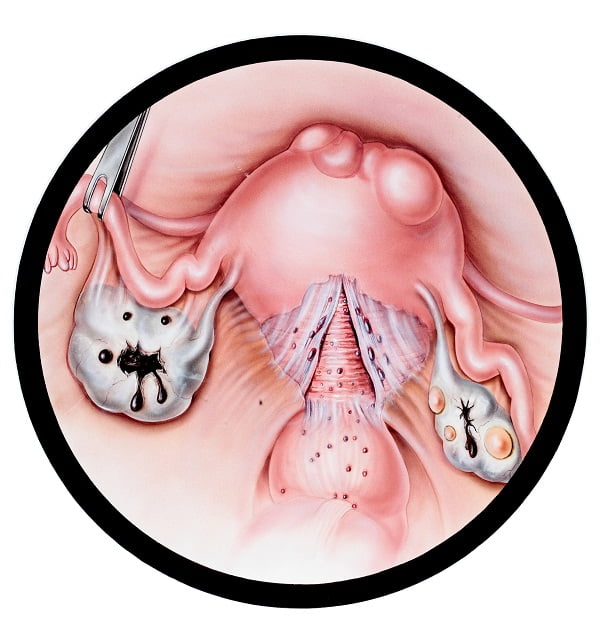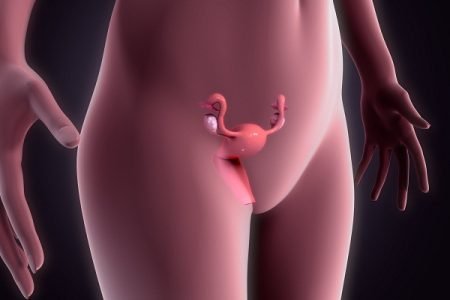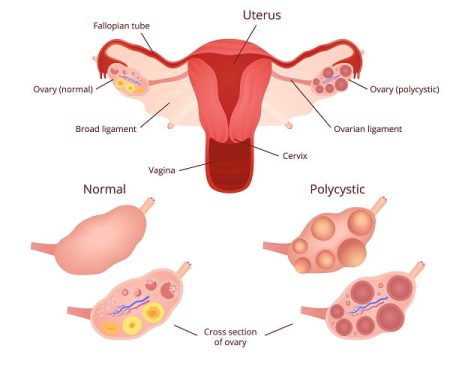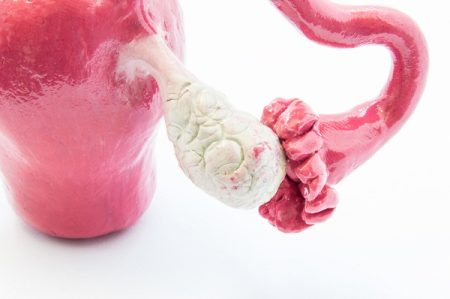What Causes Endometriosis?
- Updated on: Jun 7, 2024
- 3 min Read
- Published on Sep 27, 2019
Causes of endometriosis
The exact cause of endometriosis is not known yet. However, researchers have given several theories or probable reasons that might explain the onset of this disease.

It is possible that combination of certain triggering factors could cause endometriosis. Following are the probable causes of endometriosis:
- Retrograde menstruation
- Peritoneal cell transformation
- Embryonic cell transformation
- Surgical scar implantation
- Endometrial cell transport
- Immune dysfunction
- Genetic and family history
- Environment and lifestyle
- Metaplasia
Retrograde menstruation
In the normal menstrual cycle, the uterus lining shed off which allows blood to flow out of the uterus through the cervix (small opening of the vagina). In retrograde menstruation, the blood containing endometrial lining (cells) flow back into body and abdomen through fallopian tubes.
These endometrial cells then implant itself to the pelvic wall and outer walls of other organs where they continue to grow and thicken. They bleed over course of month just like normal periods. It is found that most women experience some retrograde menstrual but their bodies do not let it deposit on the organs.
Peritoneal cell transformation
This is also known as induction theory of endometriosis. Peritoneal cells are those cells which line the inner wall of the abdomen. Researchers suggest that certain hormones and immune factors promote the transformation of peritoneal cells into endometrial cells.
Embryonic cell transformation
Another theory suggests that estrogen can transform embryonic cells into endometrial cell implants. This generally happens during puberty.
Surgical scar implantation
Generally, after surgeries like hysterectomy and C-section, endometrial cells attach to surgical scar causing endometriosis. However, this theory was unable to explain the development of endometriosis in some females.
Endometrial cells transport
Blood and lymphatic system is the main circulatory system of human body. Some researchers also suggest that sometimes, endometrial cells may be transported to other parts of the body by blood and lymphatic system where they deposit and causes endometriosis. This explains the fact that why areas like eyes and brain seem to be affected.
Immune dysfunction
It is found that most women experience some retrograde menstrual but their bodies do not let it deposit on the organs and clear it off regularly.
It is possible that malfunctioning of the immune system makes the body unable to distinguish and destroy endometrial cells growing outside the uterus. The immune system in some females is not able to fight off endometriosis. Weak immunity was observed in women suffering from this disease. Conversely, endometriosis due to weak immunity or vice versa is yet not confirmed.
Genetics and family history
Endometriosis is passed down to next generation through genes of family members already suffering from this condition. Some people are more susceptible to endometriosis but the reason is still unknown.
Environment and lifestyle
There are certain chemicals in the environment that can affect the body and immune system resulting in endometriosis. Dioxin is such one chemical.
Research studies show that when animals are exposed to high level of dioxin they develop endometriosis. However, this theory is not proved for humans.
Metaplasia
The morphosis (change) of one cell type into another different kind of cell is called as metaplasia. It usually occurs to adapt better to environmental conditions and sometimes in response to inflammation.
Metaplasia explains the appearance of endometrial cells in the areas of lungs and skin. In addition, it explains the appearance of endometrial cells in women without the uterus.
Am I at risk?
Endometriosis usually develops in several years after the onset of menses. Following are the risk factors that can trigger endometriosis:
- women at the age of 30-40 years are more prone to endometriosis.
- delayed childbearing or never giving birth (nulliparity)
- the family history of endometriosis
- medical history of pelvic infection and uterine abnormalities
- menses that last for more than 7 days
- the menstrual cycle of fewer than 27 days
- caffeine, alcohol consumption and inactiveness
- lack of physical exercise
- allergies and asthma
- autoimmune diseases
- low body mass index
- uterine abnormalities and infertility











